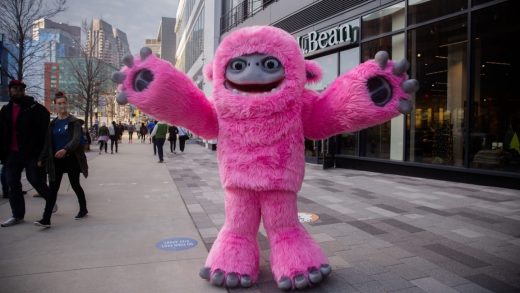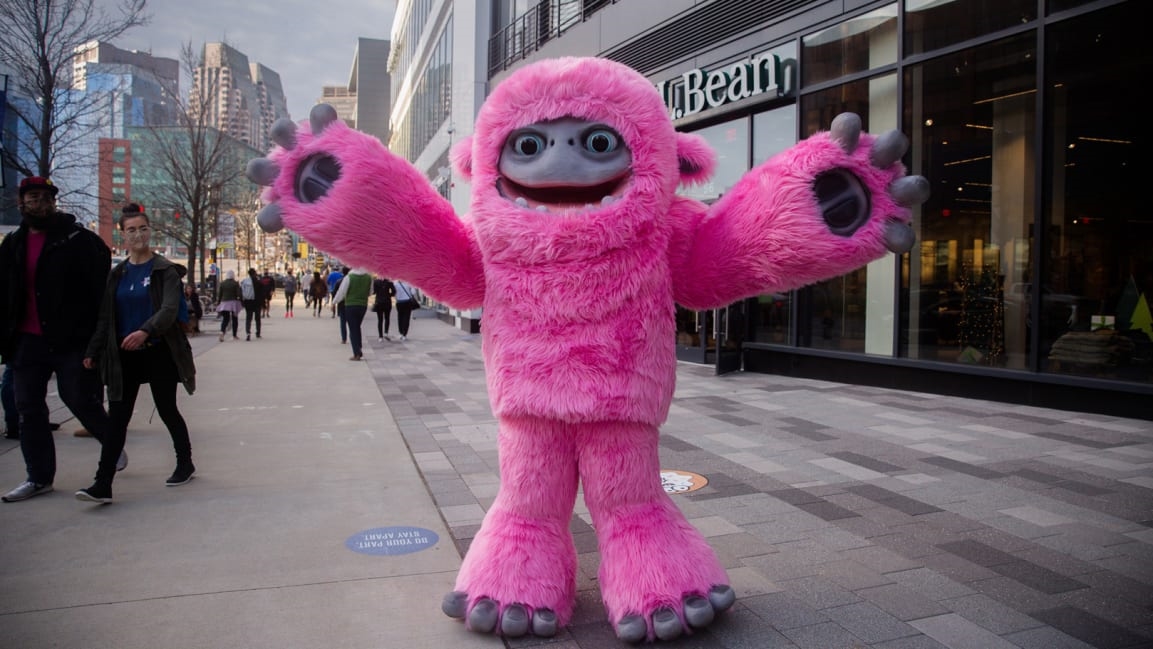The exhilarating world of post-pandemic shopping
I have exciting news for you. You’re going to love shopping when the pandemic is over—not just because you’ve been deprived of it for so long.
The pandemic dealt a harsh blow to brick-and-mortar retail, driving revenues down by 14%. But four experts we spoke with believe that this devastating year has forced brands to cut out the most unpleasant parts of shopping, like waiting in line and replenishing staples in your pantry. When stores do finally come back, the savviest ones are going to focus on the delightful, pleasurable parts of shopping, like discovering exciting new products and enjoying in-store entertainment. If you picture sampling new cheeses while watching a string quartet perform, you’ve got the right idea.
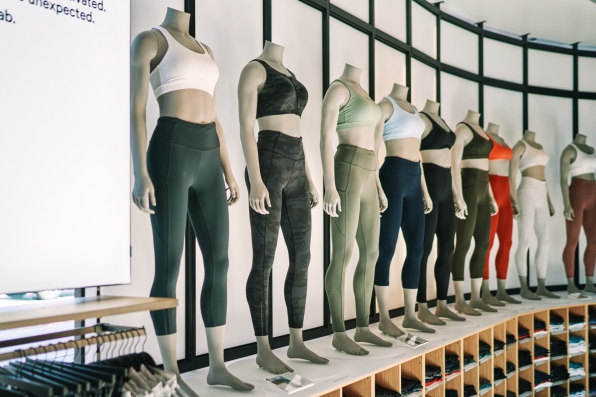
A turbocharged trend
The idea of transforming stores into a place of discovery and entertainment is not new. With the rise of e-commerce, consumers can buy almost everything online. Brick-and-mortar stores that didn’t offer a fun or innovative experience were probably destined for the dustbin of history, even before COVID-19 hit. That’s partly why malls have been dying off, along with department stores like Lord & Taylor.
Over the past five years, new retail concepts started emerging. Many brands invested in creating an immersive shopping experience that wasn’t really about selling products at all, since that could happen online. Instead, these stores were about plunging the customer into the world of the brand. The luggage brand Away made it feel like you were visiting a different country when you walked into a store, Japan one week and Sweden the next. Lululemon built out stores equipped with fitness studios, meditation rooms, and restaurants; the clothing racks were are almost incidental.
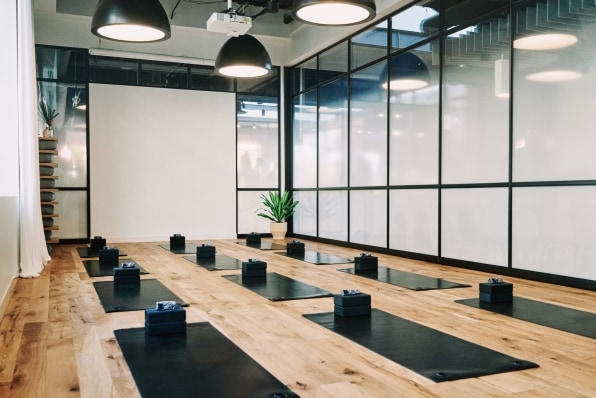
During the pandemic, consumers became even more comfortable with shopping online. IBM estimates that e-commerce grew by 20% in 2020, and accelerated the shift from shopping in-store to online by about five years. This means that when life returns to normal, it could be even harder to entice consumers back into physical stores because they’ve gotten so used to shopping online.
“Experiential retail had been a growing trend, but the pandemic will turbocharge it,” says Katherine Cullen, head of industry and consumer insights at the National Retail Federation trade association. “Stakes will be higher for brick-and-mortar stores now, because consumers can buy so many products online.”
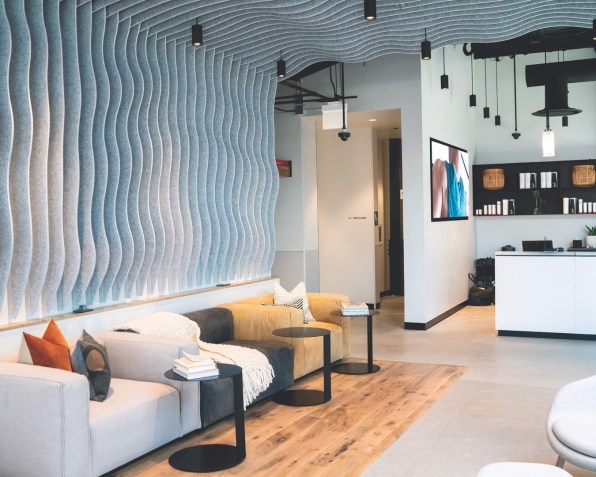
And they like it that way. According to a 3,500-person survey commissioned by VC firm Coefficient Capital and retail newsletter The New Consumer, respondents said they enjoyed online shopping at the beginning of the pandemic, particularly for products in the grocery and pet categories. When stores later reopened, consumers continued to buy these products online. Dan Frommer, founder of The New Consumer, points out that these tend to be categories where you know exactly what you want and just need to replenish your supply.
While fashion and beauty brands successfully managed to bring customers back into their stores when the lockdowns ended, Frommer believes that customers may ultimately bring the “replenishment” mindset to these brands a well, turning to the internet to restock T-shirts or lipstick shades. “The mindless shopping is going to stay online,” Frommer told me. “The intentional shopping—the browsing, discovery, socializing, learning—will continue to happen in stores.”
In other words, stores will be reserved for all the fun stuff.
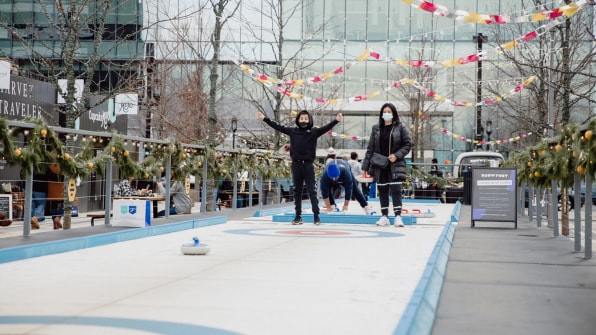
So what does shopping in the future look like?
Inside the store, the shopping experience could be totally different. Right now, many stores are packed to the brim with staple products, along with stations for discovering new products. Think: Target shelves stacked with potato chips and an endcap that highlights a new flavor. Or a Levi’s store full of classic jeans, with a table devoted to trendy new shirts.
Frommer suggests that the store of the future will be devoted to discovery exclusively. This creates all kinds of enticing possibilities. You might drive to Target and pop into the store to peruse new products while employees fill your car with items you’ve already ordered.
“Eataly could become the model of every grocery store,” Frommer says, referring to a high-end marketplace and food court selling Italian products that has been a runaway success since it launched in 2007, with revenues reaching $559 million before the pandemic hit. “You’ll get the bulk of your purchases online, so you’ll stroll through the store largely to explore what’s new. There might be a restaurant there and a band playing.”
One side effect is that many stores won’t need to carry as much inventory, since customers can order items to be shipped directly from the warehouse to their home. This means that stores could shrink in size, which could in turn change the landscape of our cities, making big-box locations and anchor stores at malls increasingly irrelevant. Instead, retailers could move into smaller storefronts in neighborhoods.
For some retailers, this is already happening. Nordstrom, Sephora, and Ikea, for instance, have invested in small-format stores on select shopping streets.

Developers have already been planning for a world with fewer malls and more stores embedded within a particular community. Take the Seaport District in my backyard. This up-and-coming area of South Boston was built in 2017 by WS Development as a mix of apartment buildings, offices, restaurants, green spaces, and small shops occupied by hip brands like Warby Parker, Outdoor Voices, and Away. Samantha David, WS Development’s president, says that the company had carefully developed the design of the space after years of industry research.
“We had been seeing how shopping behavior was changing, but during the pandemic the pace of change seems to have accelerated from years to months,” she says. “People were tired of shopping in generic, cookie-cutter malls. They wanted spaces that feel like they have a soul, because they’re connected to a community and the person who works in the store knows your name.”
David points out that over the past few years, innovative retailers have tried to design stores to be places where people can engage in fun activities with one another, such as designating spaces for lectures, cocktail hours, and free classes. She believes that after an extended period of social isolation, consumers will increasingly gravitate toward stores that create a connection to others (though she admits that she is far from an objective observer).
However, David might well be onto something. At the Seaport, people have been buying take-out lunches from chains like Dig Inn or local restaurants like Paris Creperie, then eating their food on the lawn overlooking the Boston Harbor. There are free outdoor fitness classes in the park that usually run through October, but those have been extended through the winter to accommodate demand. An enormous pink Yeti (called Betty) roams the streets doing little dances and lighting the Christmas trees.
If it sounds like loads of fun—well, that’s because it is. Welcome to the future of shopping.
(22)

